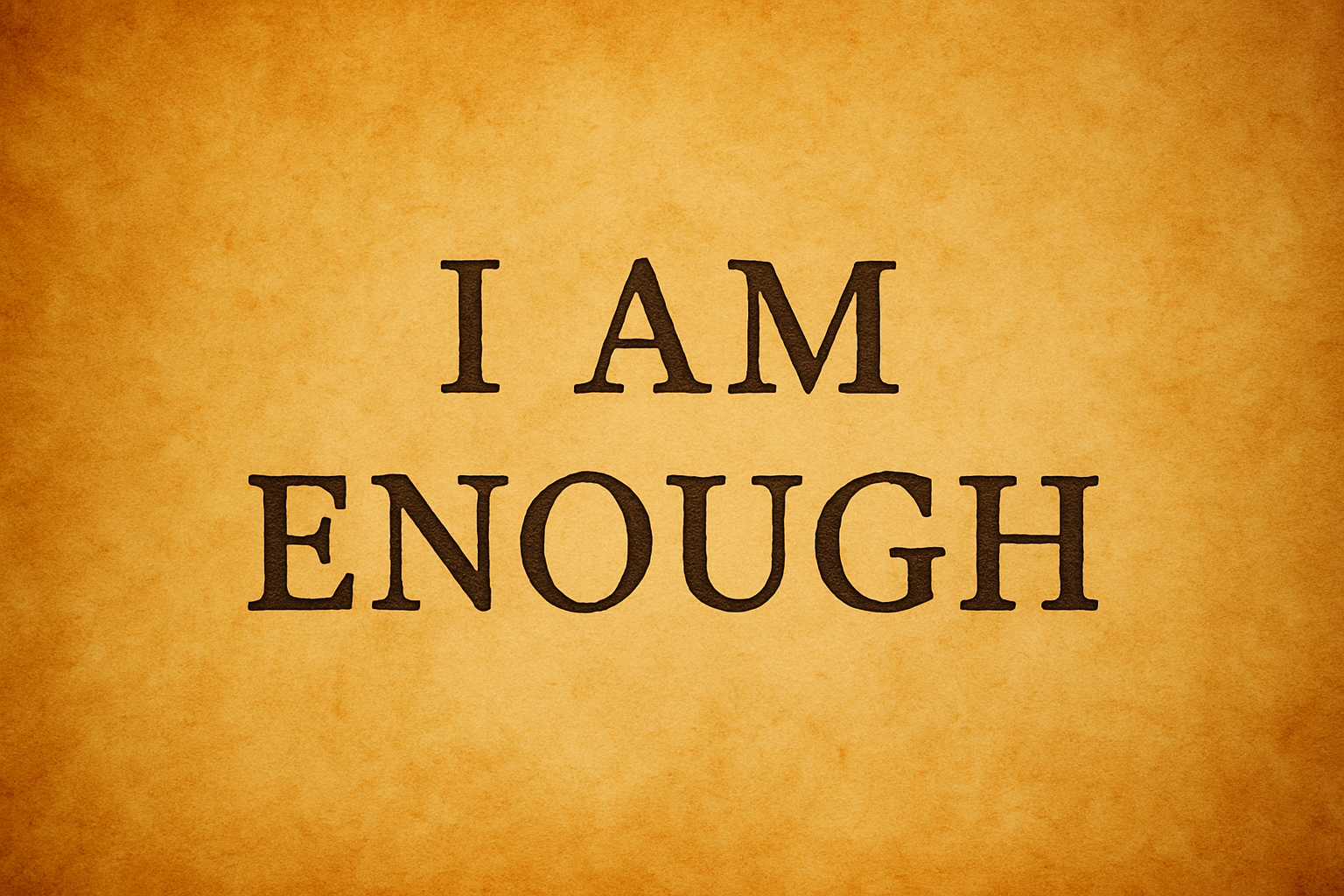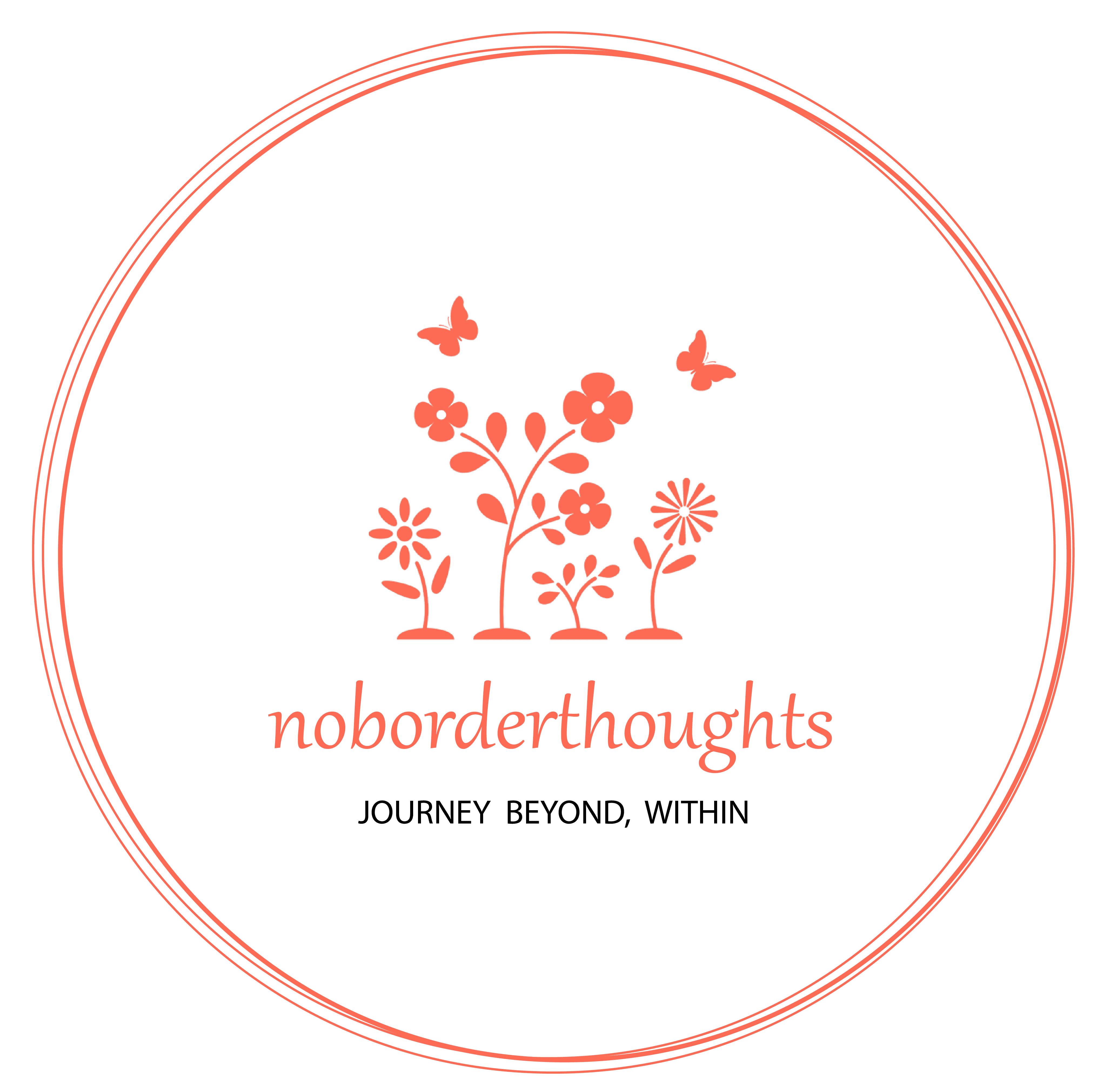

Discovering our healing capacity frequently starts in the darkest depths of our psyche. Trauma’s significant effects on our psyche and body can leave us feeling confused and detached from ourselves. What if there was a way to find comfort and heal? Meditation has been shown to help people overcome trauma and find tranquility.
We’ll discuss how meditation might aid trauma recovery. We’ll examine trauma’s significant impacts on the mind and body to understand why typical treatments may not work. We’ll uncover meditation’s transforming power by guiding you through a trauma-specific step-by-step procedure.
The Power of Meditation for Healing Trauma
Meditation has long been known to soothe and clear the mind. But its benefits go beyond that, especially for trauma rehabilitation. Trauma, whether from a single occurrence or sustained exposure to tough situations, can overwhelm our minds and bodies. We may cycle through fear, worry, and emotional agony. Meditation helps here.
In the tumult of trauma, meditation can help us find inner calm and stability. Focusing on the present allows us to handle our feelings without judgment or attachment. Meditation activates the parasympathetic reaction, which calms us after stress or danger. This helps us gradually relieve trauma-related tension.

Meditation promotes self-compassion and acceptance, which aid trauma recovery. It teaches us to notice our thoughts and feelings with kindness rather than be consumed by them. We build resilience and control over trauma triggers by doing so. There is no one-size-fits-all technique to practicing meditation to heal trauma, but guided meditations can help.
These guided meditations use imagery to resolve past trauma or cultivate positive feelings like self-love and forgiveness.
Guided Meditation: A Step-by-Step Process for Working Through Trauma
Guided meditation helps heal trauma. Gentle direction and support are provided by this meditation for traumatic experiences. It lets you safely explore your feelings.
First, select a peaceful place to start. Relax into the present by closing your eyes and taking deep breaths. Focus on your breath and let problems float away.
Next, focus on physical feelings. Recognize tension or discomfort without judgment. Continue breathing deeply, imagining that each exhale releases pent-up emotions or negative energy. Imagine being enveloped in a nurturing glow. This light will soothe and relax you as it runs through your cells.
Recognize trauma-related memories and feelings during meditation without getting caught up in them. Instead, be kind and understanding. Imagine holding these emotions in your hand and watching them with curiosity rather than being overwhelmed by them. Feel whatever comes without judgment or opposition.
When the trauma-resolution guided meditation is over, softly open your eyes and return to the present. Reflect on or journal about any discoveries from this practice.
Tips for Incorporating Meditation into Your Healing Journey
1. Start small: Start with a few minutes of daily meditation. Establishing a steady practice, even for a short time, is better than starting with extensive meditation sessions.
2. Choose a tranquil and comfortable place to meditate without distractions. This could be a pleasant area of your home or a park or garden hideaway.
3. Set healing and self-discovery aims before each meditation session. Focus on your practice goals and remember that this is a chance to grow and change.
4. Try guided meditations if you’re new to meditating or have trouble focusing. These audio recordings offer step-by-step guidance and help you stay present.
5. Be patient: Meditation won’t immediately heal you. Be kind to your feelings and move at your own pace.
6. Assess various meditation approaches, including mindfulness, loving-kindness, and body scan. Try different methods until you discover one you like.
7. Seek support: If trauma resurfaces throughout healing, seek professional treatment or discreet guidance from trustworthy friends or family.
Meditating for healing is about self-compassion and growth, not perfection.
Alternative Forms of Healing for Trauma
There is no one-size-fits-all trauma recovery method. Meditation can be useful in helping people heal from trauma, although different people may find other ways more successful.
Art therapy is a popular alternative healing method. Artistic pursuits like painting, drawing, and sculpting can help you convey your feelings and thoughts without words. Art assists people to access their subconscious and discharge trauma-related emotions.

Consider somatic experiencing. Trauma is held in both the mind and body, this therapy emphasizes the mind-body connection. Somatic experiencing uses gentle movements and focus to relieve stress and restore equilibrium.
Yoga suits people who desire a more embodied practice. Yoga promotes relaxation and self-awareness through breathwork, meditation, and physical postures. Movement with attentive awareness lets people explore body experiences and build trauma resilience.
Nature-based trauma treatments are increasingly becoming popular. Hiking through woodlands or relaxing by a peaceful lake can alleviate stress and increase well-being. Nature calms us and reminds us of our interconnectedness.
Reiki and acupuncture enhance emotional well-being after trauma without surgery. These activities remove energetic blocks that may cause psychological suffering to restore physical equilibrium.
Everyone’s healing journey is different; what works for one may not work for another. You must try different healing methods to find one that works for you.
Conclusion: Embracing the Potential for Healing through Meditation
As we complete this exploration of meditation’s capacity to heal trauma, we must remember that everyone’s journey is different. Meditation has many benefits, but it may not be right for everyone. Always seek expert help and find a personalized trauma treatment that works for you.
However, many people have discovered healing and transformation via meditation. In a supportive setting, the practice helps them connect with themselves, develop self-compassion, and release imprisoned emotions.
It takes time and patience to recover from trauma. Be kind to yourself and let meditation help you relax. With constant practice, you may gain resilience, strength, and self-healing.
Make meditation a daily self-care practice. Allow yourself to explore this transforming practice for a few minutes in the morning or longer sessions throughout the day to prioritize your mental health.
Accepting meditation’s therapeutic power is a step toward recovering your life from trauma. Trust in your healing and know there is hope beyond pain.
Disclaimer: The views expressed in this blog are the personal opinions of the author and are provided for informational purposes only. They are not intended as a substitute for professional medical advice, diagnosis, or treatment. Trauma and its recovery are complex, and the strategies discussed may not be suitable for everyone. If you are experiencing trauma or its symptoms, it is strongly recommended that you seek the guidance of a qualified healthcare professional.


You’re Not Overreacting—You’re Remembering

Breaking the Contract — How Soul Agreements Can Expire

When Grief Doesn’t Go Away — Understanding Energetic Residue After Loss

Why You Keep Choosing the Same Relationship (and How to Stop the Pattern)

Your Mother’s Voice Isn’t Yours — Healing the Inner Child Through Ancestral Awareness
Subscribe now for exclusive invites to e-meet ups and to further your transformative journey with us!


3 Responses